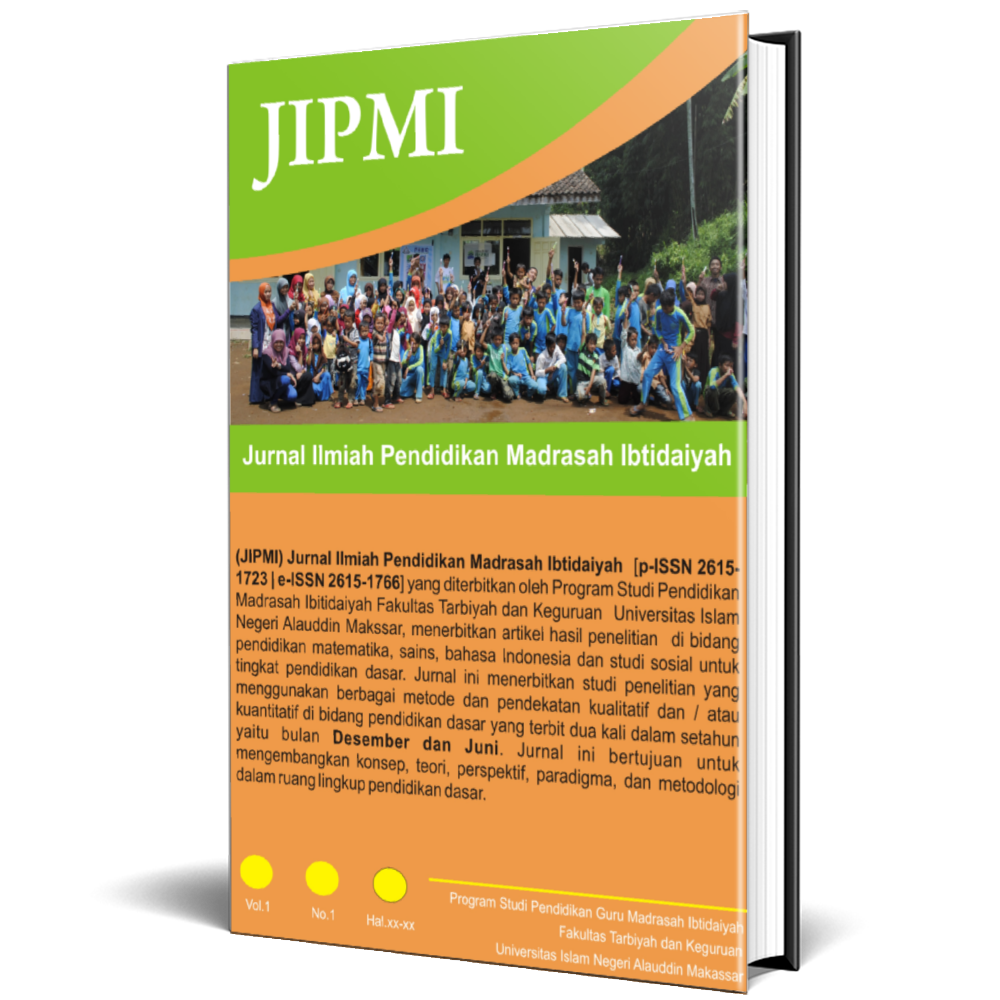PENGARUH PENGGUNAAN LEMBAR KERJA PESERTA DIDIK (LKPD) TERHADAP HASIL BELAJAR BAHASA INDONESIA KELAS V MIN 1 KOTA MAKASSAR
Main Article Content
Abstract
This study aims to study the use of Student Worksheets (LKPD) in Indonesian subjects,
Indonesian language learning outcomes using LKPD, and the use of LKPD for the use of
grade 1 learning outcomes in Makassar City.This research uses ex post facto research. The population
in this study amounted to 30 students. The sampling technique was carried out by using a purposive
sampling. The instruments used in this research are questionnaires and documentation. The data was then
analysed using descriptive and inferential analysis. Based on the results of data analysis using
descriptive tests, it can be concluded that the results of the questionnaire regarding the use of
LKPD in learning Indonesian can be done by students in the moderate category by 60% or 18
people, including in the high category. responded by 26.7% or 9 people and in the low category
were 13.3% or 4 students. Learning outcomes of students who use LKPD in learning
Indonesian in the medium category are 60% or 18 people, the high category is 30% or 9 people
and in the low category is 10% or 3 students. If it is categorized in the mastery of learning, it is
obtained in the medium category. Based on the results of simple regression analysis on the two
variables using LKPD and student learning outcomes that there is a significant and positive effect. The
magnitude of the effect is 27.7%, with the correlation coefficient between the use of LKPD and student
learning outcomes is positive between the use of LKPD and student learning outcomes. If the use of LKPD
is increased, it will help improve student learning outcomes.
Article Details

This work is licensed under a Creative Commons Attribution-NonCommercial-ShareAlike 4.0 International License.

